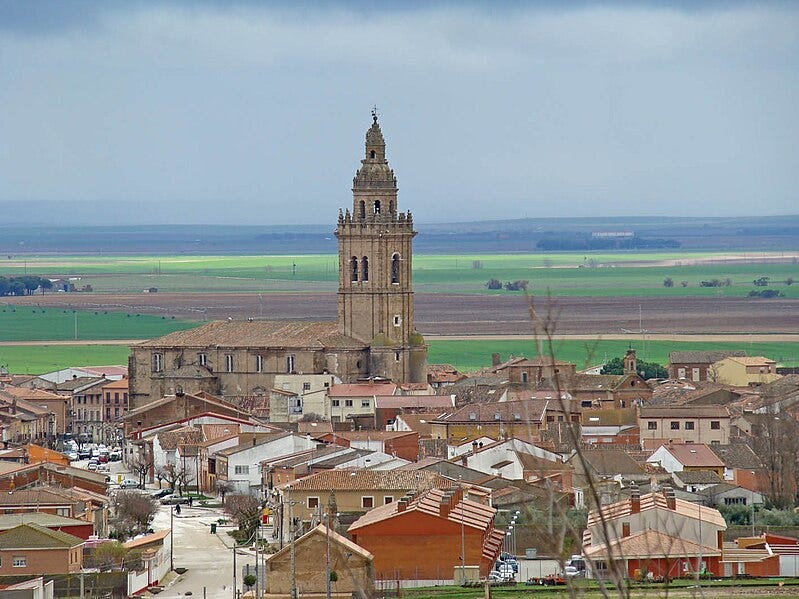‘Doing something different’ — The future of rural ministry in Spain
'Here there is a very clear periphery ... and a vicious circle'
At the end of February, bishops, vicars and deans from the nine dioceses of the Spanish region of Castile met to delve into the challenges facing the Church in their region of the country.
The “autonomous community” of Castilla y León, where those dioceses are located, is one of the most rural regions in the country.

